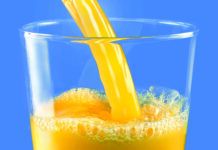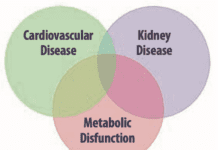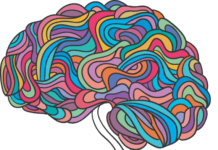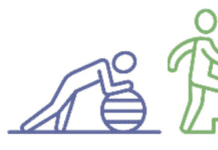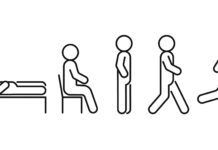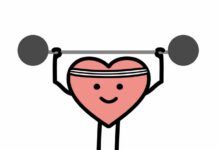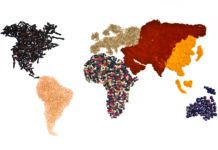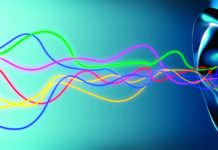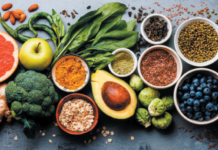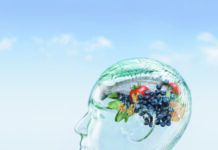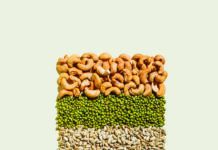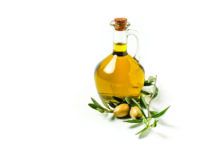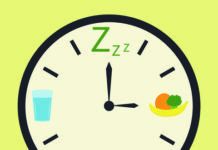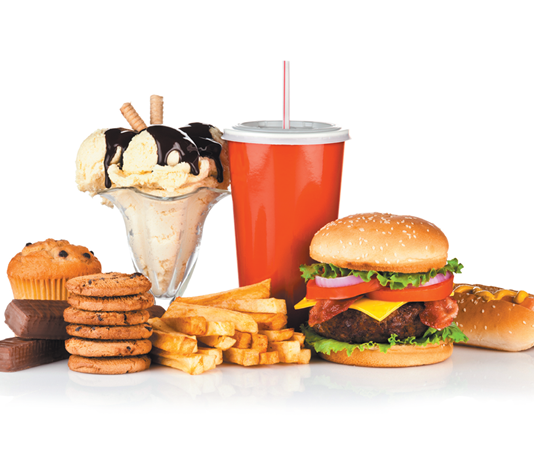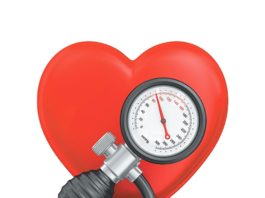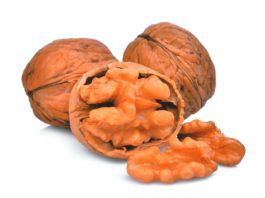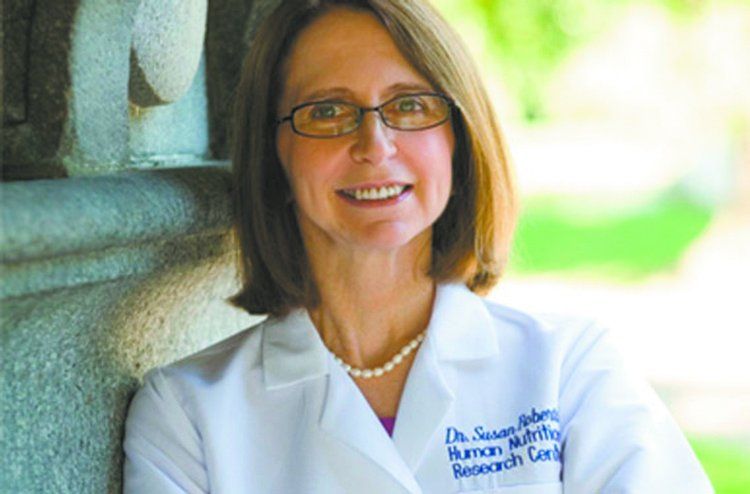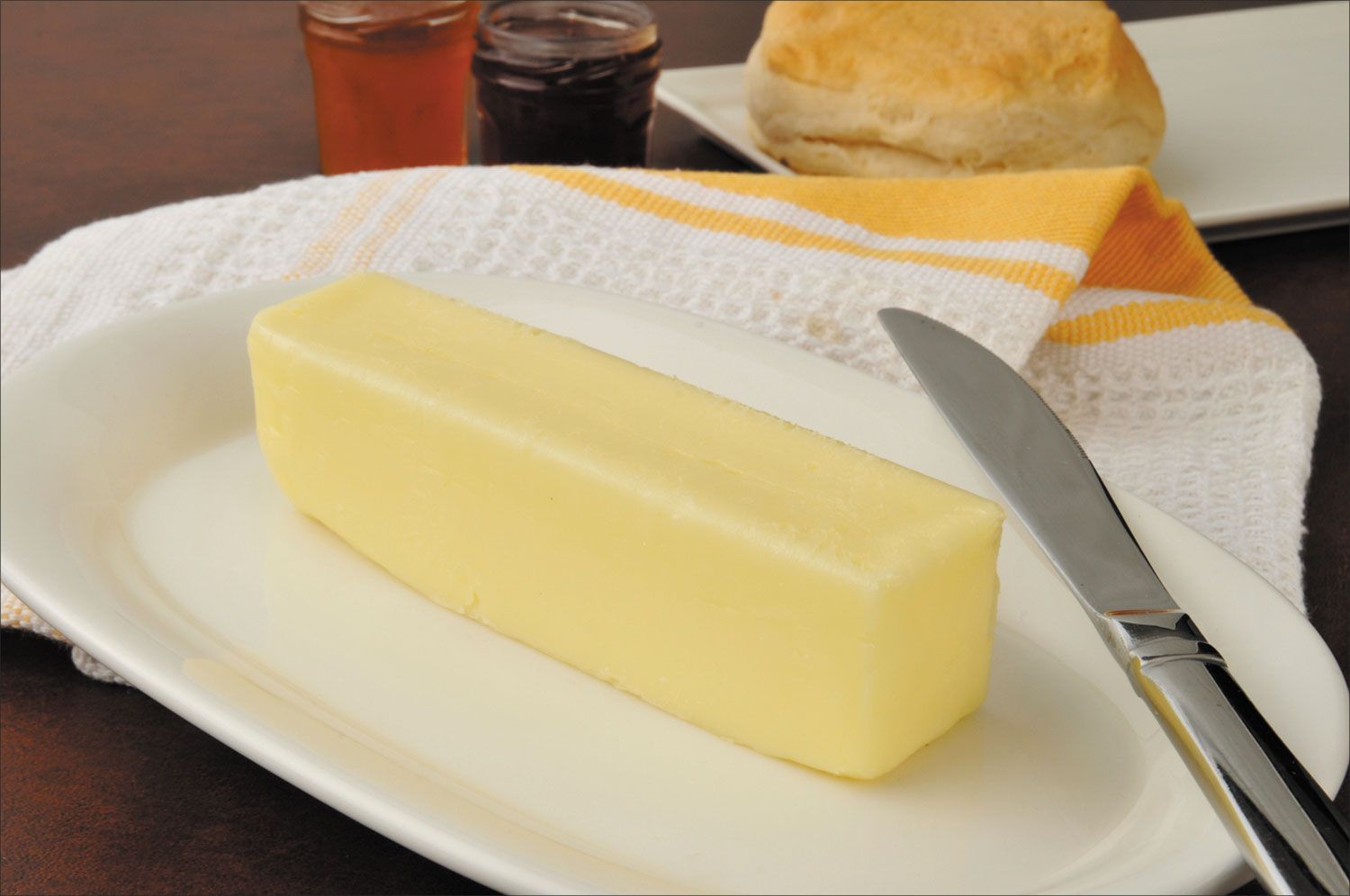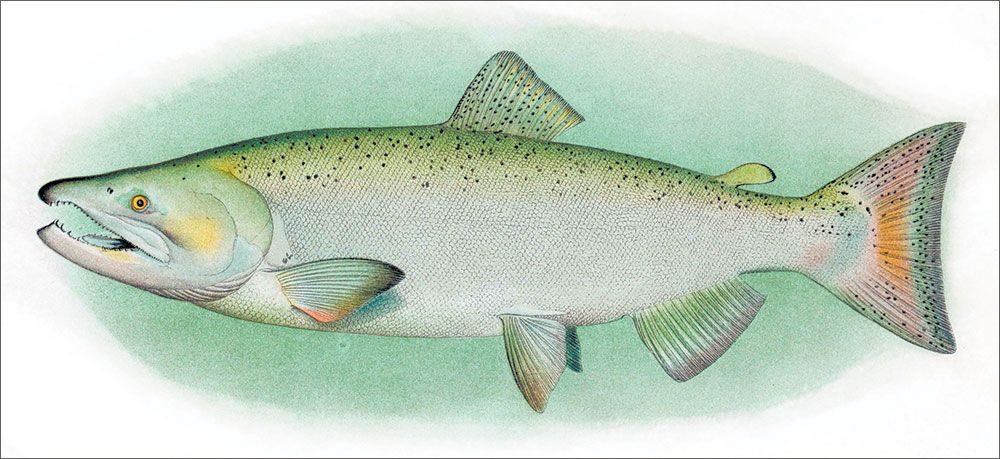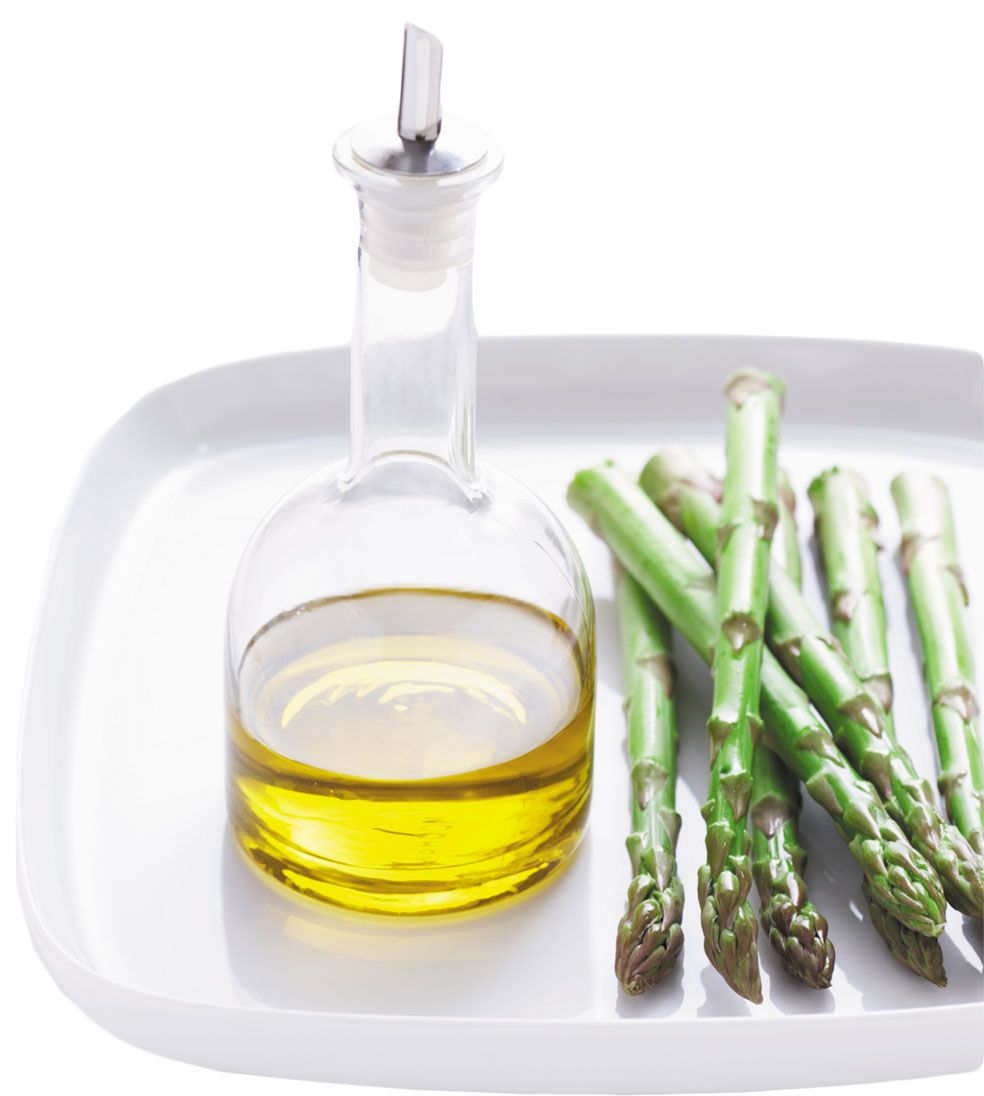Poll: Most Americans Still Dont Get It on Fats
Science may have debunked the low-fat fad, but most Americans still havent gotten the word. A Gallup poll reports that nearly twice as many of us are trying to avoid fat in our diets (56%) as those seeking to cut down on carbohydrates (29%). Among the 29% who say they are trying to lose weight, 73% are actively avoiding fats compared to 44% cutting down on carbs. Thats despite recent headlines reporting that low-carb diets are more effective than low-fat plans for weight loss.
Low-Carb vs. Low-Fat: Which Is Best?
A recent headline-grabbing study seemed to settle the issue of low-carb versus low-fat diets definitively, reporting that a low-carb diet was not only more effective for weight loss, but also better for cardiovascular risk factors. In the yearlong study of 148 obese volunteers, those assigned to a low-carbohydrate regimen lost nearly eight pounds more and showed greater improvements in triglycerides, HDL cholesterol and a standard risk score for heart disease than a low-fat group. Both groups saw similar decreases in unhealthy LDL cholesterol. Researchers said the cardiovascular findings were notable because of concerns that low-carb diets might boost unhealthy cholesterol levels as dieters substitute fats for carbohydrates.
Will You Be Part of Salts Global Reach?
If youre worried about getting too much sodium from salt in your diet, a new globe-spanning study reports you should have company among 99% of the worlds population. Daily sodium consumption in the 66 countries studied averaged 3,950 milligrams-nearly twice the maximum recommended by the World Health Organization (WHO). That excess sodium intake, researchers estimated, contributes to about 1.65 million deaths a year worldwide from cardiovascular causes.
Does New Study Mean Butter Is Back?
Somewhere, Julia Child is smiling. A new review published in Annals of Internal Medicine has given ammunition to those, like the famous French chef, fond of cooking with butter and other sources of saturated fat. The meta-analysis looked at 27 prior clinical trials and 49 observational studies, totaling more than 600,000 participants. It concluded that current evidence does not clearly support cardiovascular guidelines that encourage high consumption of polyunsaturated fatty acids and low consumption of total saturated fats.
Smart Shopping for Salmon
Among the many pleasures of summer is the return of fresh, wild-caught salmon to local supermarkets. In general, wild salmon are in season from May through September, depending on species. Richly flavored and easy to prepare in a variety of ways (see recipe on the next page), its no wonder salmon is Americas third most-consumed seafood, behind only shrimp and tuna, at about two pounds per person annually.
The Heart-Brain Blood Supply
Just like every other organ and tissue in the body, the brain needs oxygen and nutrient-rich blood to function properly. Because the brain is so crucial to the bodys survival, it receives a disproportionate amount of blood. Though it takes up only about 2 percent of the bodys weight, the brain receives 15 to 20 percent of the bodys entire blood supply, and 25 percent of its oxygen supply. The body will deprive other parts of the body of blood to ensure that the brain has what it needs.
The heart feeds the brain by sending blood through vessels both on the surface of the brain and deep inside it. Two pairs of arteries branching out from the aorta-the internal carotid arteries and vertebral arteries-supply the brain with blood. Carotid arteries send blood to the front of the brain, and vertebral arteries send blood to the back of the brain.
Blood flow into the brains tissues is a bit different than it is in other parts of the body. Elsewhere in the body, nutrients, oxygen and waste products can move freely in and out of the capillaries. This is not true in the brain. The brain has its own checkpoint, the blood-brain barrier, a semi-permeable system that lets only certain substances pass into the brain. This barrier protects the brain against viruses, toxins, hormones, and other substances in the blood that might harm the brains delicate tissues.
Considering how essential nutrient-rich blood is to the brains function, any disruption in blood flow can pose a serious risk. A blockage in the brains blood supply from a clot either in the brain or from elsewhere in the body is called a stroke. A stroke deprives the affected part of the brain of oxygen. Without oxygen, the brains cells will die. If too many brain cells die, thought and virtually every other function will come to a halt. Two primary risk factors for stroke are high blood pressure and heart disease, which illustrates the close relationship between heart and brain health.
For more information on the connection between the heart and brain, purchase Heart-Brain Diet: Essential Nutrition for Healthy Longevity by Tufts Medical Report.
The heart feeds the brain by sending blood through vessels both on the surface of the brain and deep inside it. Two pairs of arteries branching out from the aorta-the internal carotid arteries and vertebral arteries-supply the brain with blood. Carotid arteries send blood to the front of the brain, and vertebral arteries send blood to the back of the brain.
Blood flow into the brains tissues is a bit different than it is in other parts of the body. Elsewhere in the body, nutrients, oxygen and waste products can move freely in and out of the capillaries. This is not true in the brain. The brain has its own checkpoint, the blood-brain barrier, a semi-permeable system that lets only certain substances pass into the brain. This barrier protects the brain against viruses, toxins, hormones, and other substances in the blood that might harm the brains delicate tissues.
Considering how essential nutrient-rich blood is to the brains function, any disruption in blood flow can pose a serious risk. A blockage in the brains blood supply from a clot either in the brain or from elsewhere in the body is called a stroke. A stroke deprives the affected part of the brain of oxygen. Without oxygen, the brains cells will die. If too many brain cells die, thought and virtually every other function will come to a halt. Two primary risk factors for stroke are high blood pressure and heart disease, which illustrates the close relationship between heart and brain health.
For more information on the connection between the heart and brain, purchase Heart-Brain Diet: Essential Nutrition for Healthy Longevity by Tufts Medical Report.
10 Keys to Cardiovascular Health
When the American College of Cardiology and American Heart Association released new guidelines for preventing cardiovascular disease in November, the headlines all focused on their controversial recommendations for statin use. Almost lost in the coverage was another set of ACC/AHA recommendations, which looked at diet and physical activity rather than drugs for reducing cardiovascular risk. Whether your physician has prescribed statin medications or not, these Lifestyle Management Guidelines can help protect your heart.
Q. Im thinking about taking a vitamin A supplement, but am confused by the...
If youre eating a balanced diet and have no special health concerns, you probably dont need extra vitamin A of any kind. According to the Office of Dietary Supplements of the National Institutes of Health, Vitamin A is available in multivitamins and as a stand-alone supplement, often in the form of retinyl acetate or retinyl palmitate [preformed vitamin A].
Serial Snackers Now 21% of Population
In the latest evidence that day-long snacking is overtaking traditional mealtimes, a new report says more than one in five Americans-21%-now graze on snacks all day long, skipping meals completely
Q. Ive read numerous articles about the benefits of drinking coffee; however, none of...
A. Jeffrey B. Blumberg, PhD, director of Tufts HNRCA Antioxidants Research Laboratory, replies: Casein, the protein in cows milk, does bind to chlorogenic acids, the principal bioactive constituents of coffee (other than caffeine). Depending on the amount of milk added to the coffee, this may decrease the absorption of chlorogenic acids into the body, although its ultimate impact on antioxidant activity or other actions is not clear. There do not appear to be any human…

